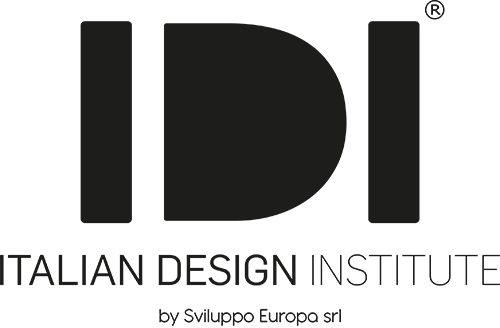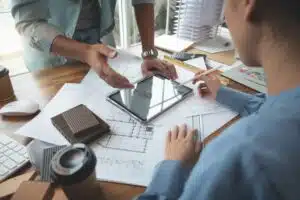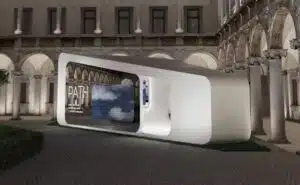Indoor green design techniques are experiencing a real revolutionthanks to theevolution of technologies and the growing awareness of the importance of psychophysical well-being related to the presence of plants in indoor spaces, whether public or private.
Indoor green design is no longer limited to the simple choice of house plants, but embraces a series of innovative strategies that aim to integrate nature into living and working environments in a functional, aesthetic and sustainable manner.
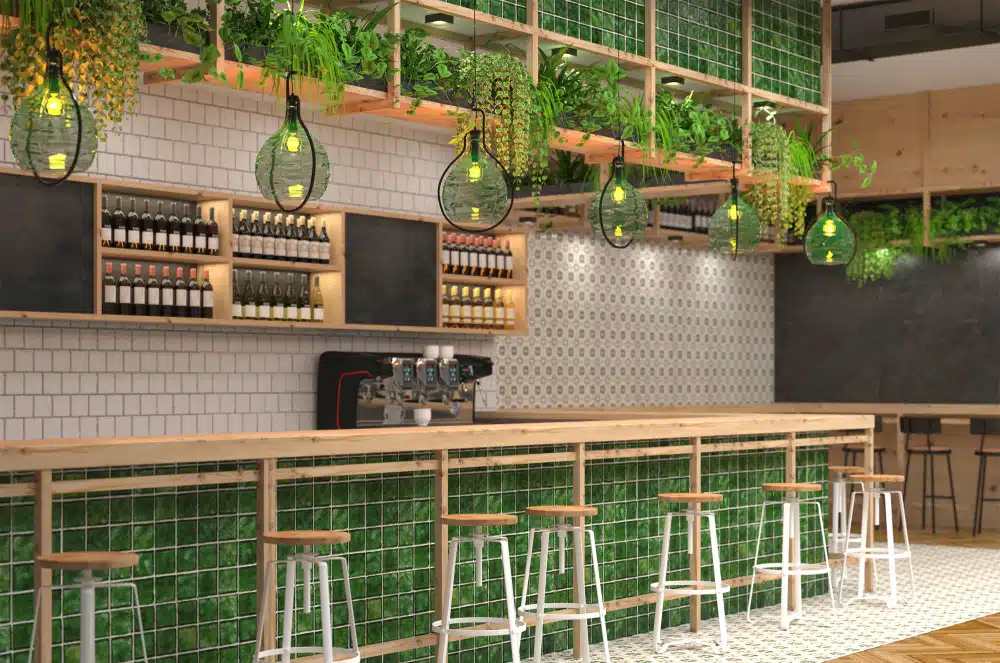
What are the most modern and effective techniques followed by designers?
1. Vertical green walls
Green walls, or vertical gardens, are an increasingly popular solution for introduce greenery into interior spaces, maximising the use of the vertical space. These structures can range from simple prefabricated panels to complex systems with automated irrigation. In addition to improving the aesthetics of an environment, they contribute to air purification, thermal and acoustic insulation, and can also have positive effects on the psychological well-being of the occupants.
2. Hydroponics and Aeroponics for Interiors
Hydroponics and aeroponics are cultivation techniques that do not use soil and are ideal for indoor spaces. They allow for faster plant growth and more accurate control of nutritional intake, while reducing water consumption and the need for pesticides. These technologies are particularly suitable for growing herbs and leafy green vegetables in home kitchens or restaurants.
3. Furniture integrated with plants
The biophilic design trend has led to the development of furniture that integrates spaces for greenery. Tables, shelves, and even seating can be designed to include housings for plants, combining functionality and well-being. This solution not only adds a touch of greenery to interiors but also helps to create more relaxing and cosy environments.
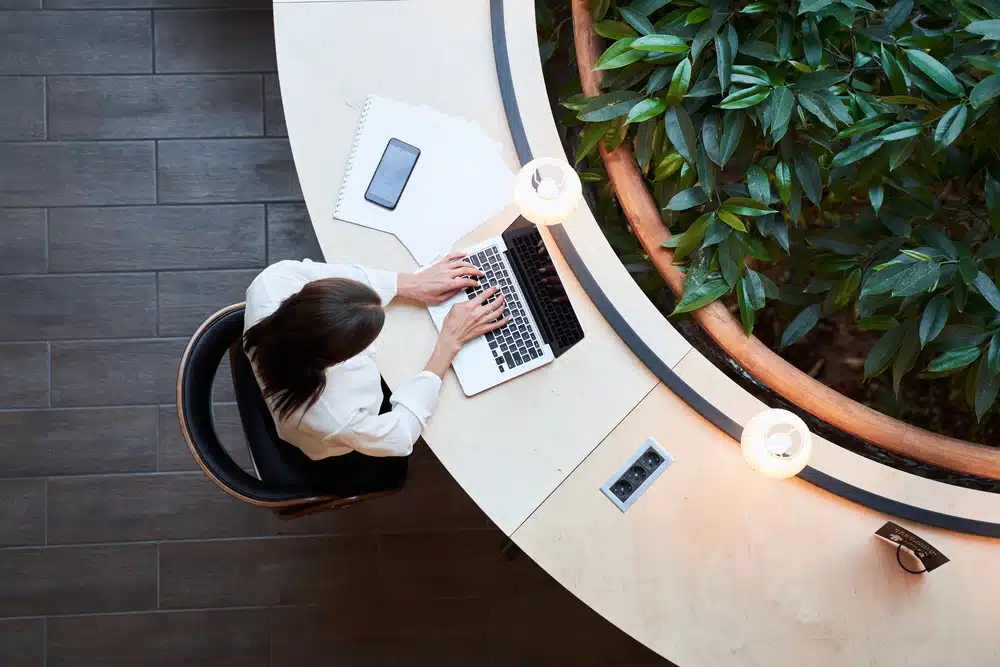
4. Use of smart technology for plant management
The use of dedicated sensors and apps allows optimal management of the light, humidity, and nutrient conditions necessary for the indoor plant growth. These technologies can help even the less experienced to take care of their indoor greenery, simplifying maintenance and ensuring better results.
5. LED lighting for plant growth
Artificial lighting plays a crucial role in the indoor green designespecially in environments without natural light. The use of specific LEDs for the plant growth provides the right amount of light for photosynthesis, optimising plant development without excessive energy consumption.
6. Sustainable design and creative recycling
La sustainability is a fundamental principle in the modern indoor green design. The use of recycled or easily recyclable materials for pots and structures, together with the choice of native or water-efficient plants, underlines the commitment to reducing environmental impact.
Modern indoor green design is a synthesis of aesthetics, technology and sustainability. Through the use of these innovative techniques, it is possible to transform interior spaces into oases of well-being while contributing to the health of the planet.
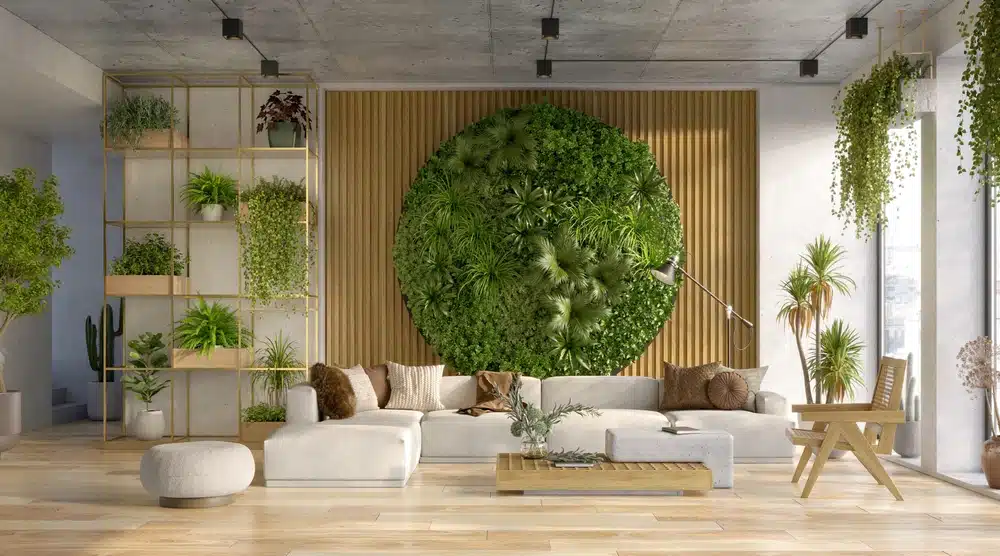
The importance of specialised training
The integration of the most modern indoor green design techniques requires not only creativity and a passion for greenery, but also solid training and specific skills.
The Postgraduate Course in Green Indoor Design organised by Italian Design Institute emphasises the essentiality of continuous training and innovation in this sector. This training approach not only prepares professionals to face current challenges but also equips them to anticipate future trends, promoting interior environments that are both beautiful, functional and sustainable.
The aim is to equip professionals with the knowledge and skills needed to excel in this rapidly evolving field. Specifically, the course provides these skills:
- Advanced design techniques: students learn the latest techniques in indoor green design, from vertical green walls to the use of hydroponic and aeroponic systemsensuring that they are up-to-date and sustainable.
- Technology and innovation: The course places a strong emphasis on the use of smart technologies for indoor plant management, preparing professionals to use sensors, apps and specific LED lighting to optimise indoor plant growth.
- Sustainability and biophilic design: Participants learn the importance of integrating sustainable design and the biophilic principle in their projects, promoting not only aesthetics but also the well-being of users and environmental responsibility.
- Practical approach: via project workstudents have the opportunity to apply their acquired knowledge, developing concrete skills that will make them qualified professionals in the field of indoor greening, ready to meet the demands of client companies or customers.
IDI's specialisation course in Green Indoor Design indeed promotes a holistic view of design, considering the emotional and psychological aspects that indoor green can bring to living and working spaces. Furthermore, the network of contacts and collaboration opportunities offered by the institute can open valuable doors in the working world, enabling professionals to stand out in a competitive market.
